Ever wondered why some tunes have that crystal-clear quality while others sound a bit muffled? The answer lies in the world of “music file formats.” Think of these formats as different kinds of containers that hold your favourite tracks.
All of the different containers have their strengths and weaknesses. Some can stream and download from the web at bullet speed but don’t sound completely ‘full’ on big sound systems, whereas others do a great job with sound quality but require massive amounts of laptop storage.
So, which is best for DJs?
Here, we explore everything you need to know about music file formats and discover which ones are best for your way of DJing.
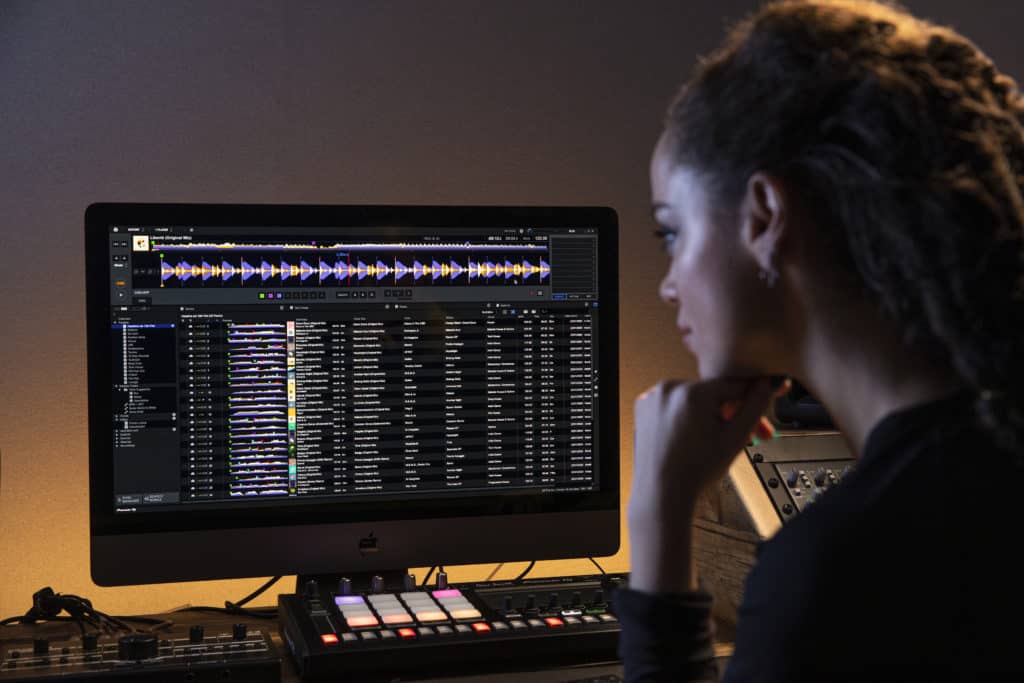
Understanding The Different Music File “Containers”
Imagine music file formats as distinct containers, each with its own way of holding songs. Just like you have boxes of different shapes and sizes, each format comes with its own unique characteristics. Some formats are great at preserving the original sound quality, while others might alter it a bit.
There are two main types of containers:
Lossy file formats (MP3 and AAC)
These containers take up very little computer storage and can conveniently be streamed or downloaded at speed, so they are used by the most popular music streaming and download sites.
Lossy containers alter the music to make their overall file size smaller. The main drawback of compressing music this way is that it doesn’t sound great on large sound systems.
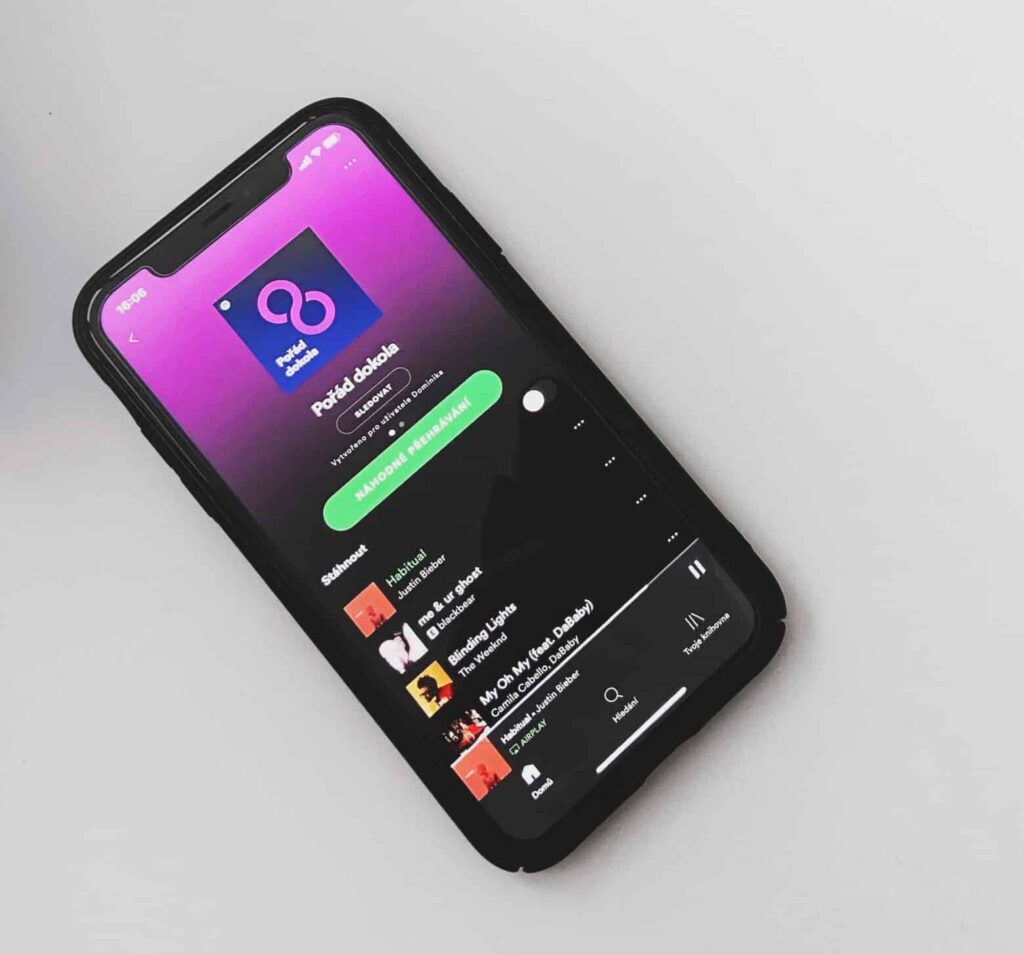
Lossless file formats (WAV and FLAC)
For audio enthusiasts and DJs who want the highest possible sound quality, lossless formats are the way to go! They sample audio on a like-for-like basis, making carbon copies of their master files, meaning none of the quality is lost.
Lossless containers, as the name suggests, don’t compress any characteristics of the music when sampling from a master file, so they don’t lose sound quality. However, they do take up lots of space on a computer
Getting Acquainted with the Formats
MP3 and AAC
The most widely used types of lossy format, or container, are MP3 and AAC. These have become synonymous with music.
The main reason is that their file size is very small, but their sound quality remains very good!
They are the containers chosen by the mainstream music providers, iTunes, Apple Music and Spotify. All other providers also choose to use either of these lossy formats as their main music containers.
MP3 (Motion Pictures Expert Group Audio Layer III)

MP3s were originally used by audio engineers to quickly share demos of tracks between studios, but the format has since exploded in popularity.
Consider MP3 the most popular and versatile container. With its small file size, it can store lots of songs, but to fit them, it compresses them a bit, much like rolling up a poster to save space.
This compression causes some loss of detail to the audio, similar to when you zoom in on a photo, and it becomes slightly blurry. For DJs, a specific kind of superior MP3 known as 320kbps maintains better audio quality.
KBPS stands for Kilo Bytes Per Second and is known as the MP3’s bitrate. This refers to how much data is being recorded or sampled, from the master file by the MP3.
The higher the bitrate, the higher the audio quality, which is great for DJing. However, this also means a larger file size, so DJs must ensure they have enough space on their computers to host them.
Our Music Management For DJs course can help you learn to better manage the space on your computer and de-clutter your tracks to make your DJ performances easier and more enjoyable!
320kbps is the highest possible bitrate for lossy formats and is preferred by DJs as it takes up relatively small computer storage space while sounding great!
DJ streaming sites often have 320kbps MP3s as their ‘professional’ tier and offer 192kbps MP3s as part of their standard tier. Dropping down to 192kbps does still sound pretty good on a domestic sound system.
Most free domestic streaming services, such as YouTube, stream at an even lower rate, using around 128kbps for their audio, as even this sounds decent enough on smaller systems like laptops and TV speakers.
AAC (Advanced Audio Coding)
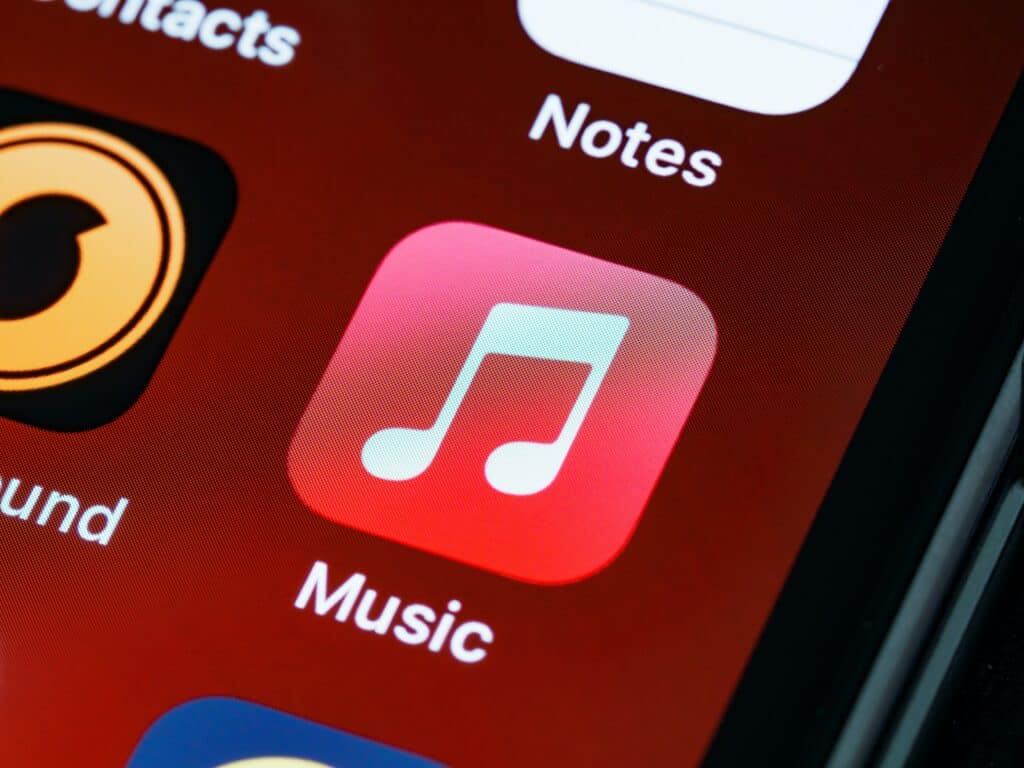
Think of AAC as an updated version of MP3.
AAC is better at storing multiple songs in a relatively small space and is commonly used on Apple devices like iPhones. It’s another way to neatly pack your favourite tracks without taking up much computer storage.
Designed to succeed MP3 in the late 90s with a more advanced audio algorithm, AAC achieves the same high-quality sound as MP3 but with a lower sample rate, meaning the size of AAC files are even smaller than equivalent MP3 files but sound the same.
This means you can fit more onto the same size drive without any noticeable difference in audio quality!
The compression is so effective that Spotify use the 256kbps bitrate AAC for their desktop streaming app. This produces the same sound quality as a 320kbps MP3. Impressive, considering the file size is smaller.
AAC is now the default format used for iTunes, Apple Music, YouTube Music and many other popular music streaming platforms.
Lossy formats are so convenient that they are now used everywhere by everyone. They are responsible for the iPod and iTunes explosion of the early 00’s and the current online streaming boom.
FLAC and WAV
The two main lossless formats are FLAC and WAV.
These formats are not popular in the mainstream as the wider public typically chooses convenience over quality, so the lossy formats dominate!
But, these are important containers to know about for DJs who choose sound quality over convenience.
FLAC (Free Lossless Audio Codec)
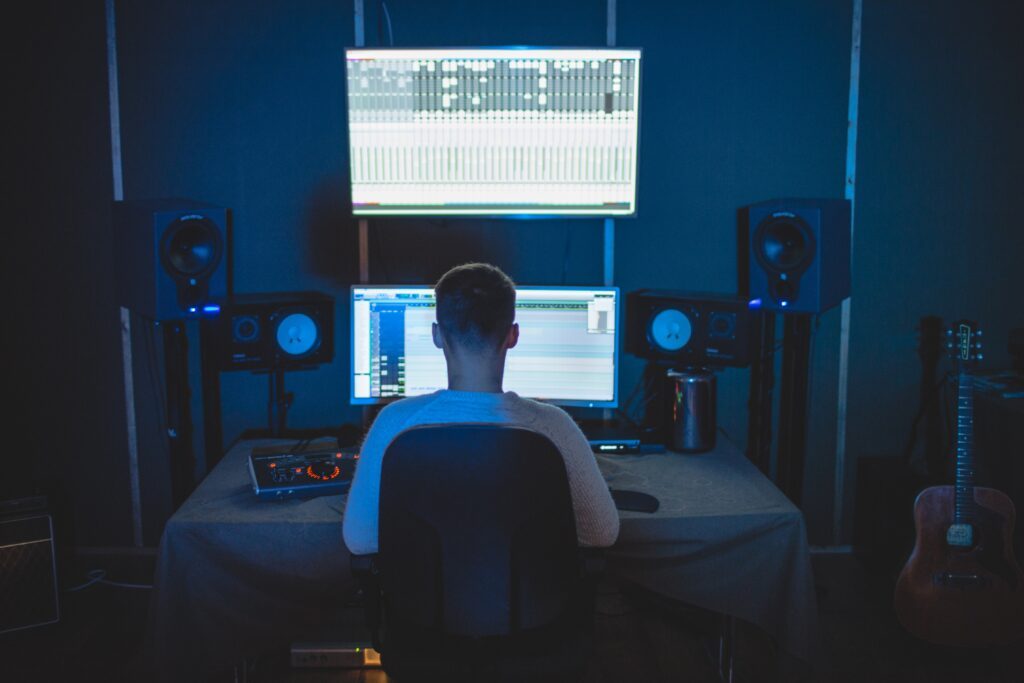
Imagine a container that works like a time capsule – whatever you put in stays exactly the same. FLAC does that for music; it preserves all the original details. But, it requires lots of storage space, so it isn’t the usual choice for DJs.
FLAC’s sample bitrate varies wildly, but this container can sample at a rate that matches studio-grade recordings, meaning audio can sound exactly as it does in the recording studio!
This is a niche container designed for those who demand the best sound quality.
FLAC files do take up a lot of storage.
The sample rate can go beyond 2,000kbps, meaning a minute of audio can take beyond 30 MB of space! Song file sizes can easily go beyond 10 times the size of those in the highest quality lossy container!
Due to the file size, FLAC might not be the ideal choice for DJs playing music from their laptop as they require too much storage.
However, it is popular amongst streaming DJs using services that offer FLAC as that relies on internet bandwidth rather than computer storage.
FLAC was not a container on most DJs’ radars until 2016 when Pioneer DJ made it possible to play FLAC natively on their flagship CDJs. Before this, DJs who cared about sound quality opted for WAV.
WAV (Waveform Audio File)
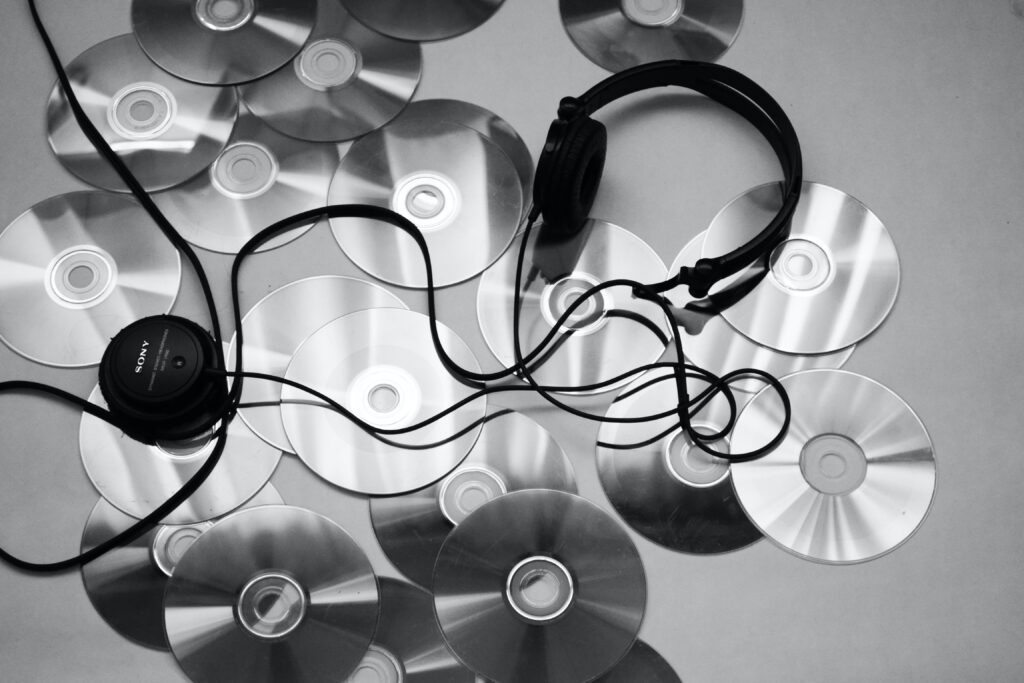
This audio container is the original heavyweight champ for DJs! It is typically used for CDs so keeps all of the details intact when ripping music from CD.
As with FLAC, WAV sound quality is superior to MP3. Whilst the sample rate used for music stored on CDs is fixed at 1,411 kbps, there are also studio-grade WAVs which can have higher sample rates and bit-depths. These are uncommon, though, and are not what’s commercially used for burning music so DJs are very unlikely to run into them.
Typically, WAV is a high enough quality for DJs wanting top performance. But, since Pioneer started supporting FLAC with their CDJs, and TIDAL started offering it as a streaming option, WAV has begun losing its crown as the go-to format for top-quality.
DJs’ Preferred Tools
Although DJs can use any of the containers to achieve great sounding sets, some are better suited than others, so let’s look at which work best for the different types of DJing.
Most popular overall format for DJs
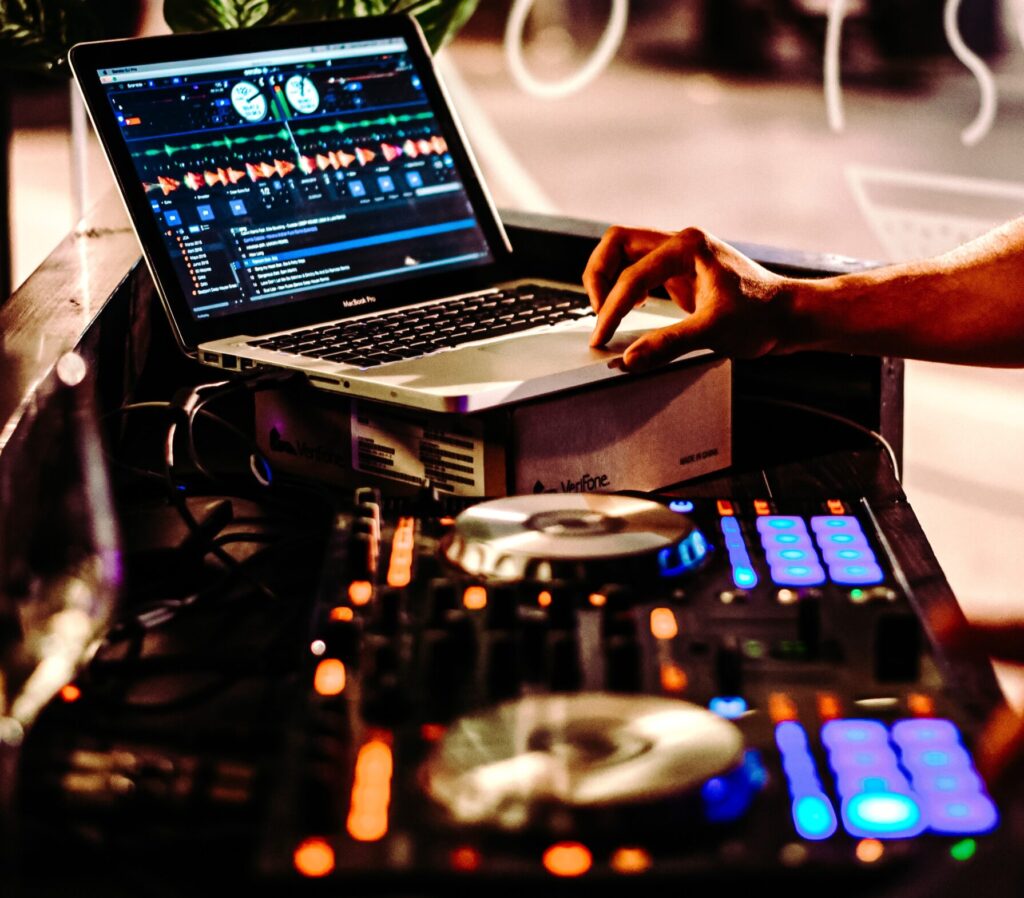
The go-to containers for most DJs are the lossy formats. Both MP3 AND AAC are widely used, and so are the tied champs, taking the crown as the ultimate format DJs will use.
MP3 offers a perfect blend of audio quality and storage efficiency, like having a well-compressed high-definition image that doesn’t occupy too much space.
The convenience of MP3 means that most DJs have their music in the MP3 format for listening back to on a phone or streamed from cloud storage, even if they might use WAV and FLAC for their sets.
Thanks to iTunes, AAC files are also a very common choice for DJs. These files sound the same as MP3s but occupy even less space thanks to an even more advanced compression method.
For a full overview of the technicalities of downloading or streaming music and what they mean for DJs, check out our article Where DJs still Download Music in 2023!
Best for playing high-quality audio from laptops and USBs
WAV is the highest quality container for DJs wanting to play directly from their laptop or local storage.
It retains CD sound quality, just like a museum artefact in its original form. However, remember that, like any grand masterpiece, it requires more space!
Best for streaming with high-quality audio
The FLAC container is uncommon amongst DJs playing music from local devices such as laptops as the file size is enormous and not practical for working professionals.
However, it is the best for lossless streaming, providing DJs have a fast enough internet connection, and their provider offers it as an option.
Streaming FLAC requires a much larger bandwidth than lossy formats as much more data is transmitted.
Now that music streaming partners are offering FLAC as an option, the format is gaining traction and becoming more widely used for DJing.
A word on YouTube sound quality!

Ripping music from YouTube might seem convenient, but it often falls short in delivering full-quality sound.
When you rip music from YouTube, you’re essentially extracting audio from a video file that’s already been compressed and optimized for streaming, not for audio quality.
YouTube’s compression algorithms are designed to reduce the file size of videos to make streaming smoother, which inevitably results in some loss of audio fidelity.
Moreover, YouTube videos often come with variable bit rates and varying audio quality, making it difficult to ensure consistent and high-quality sound.
For those seeking the best audio experience, obtaining music from sources that provide dedicated audio files in formats like WAV, FLAC, or high-bitrate MP3s is recommended, as these formats are specifically engineered to retain optimum sound quality.
Which music file container is the best for you?
So, what’s the best pick for your music stash? If you’re listening on regular devices, 320kbps MP3 is your friend, with 256kbps AAC doing the same job but with even lower storage requirements!
WAV might be more up your alley if you’re playing from a laptop or USB on very large, high-quality sound systems and want to replicate the most authentic experience for the listener.
And if you’re streaming and have a high-speed internet connection, FLAC is unbeatable for supreme sound quality.
Manage your music files like a pro!
Getting to grips with music file formats and sorting your file management is the least fun element of DJing, but it is really important and makes all the difference in delivering an awesome DJ set!
If you struggle with it and want to learn how to automate all the boring stuff so you’ve got more time to concentrate on actually DJing, check out our Music Management For DJs course. Designed to help you take control of your ever-growing music library and focus on your creativity!
And if you’re serious about achieving success as a DJ, our industry-certified Complete DJ Package can take your DJ skills to the next level within 60 days, guaranteed!
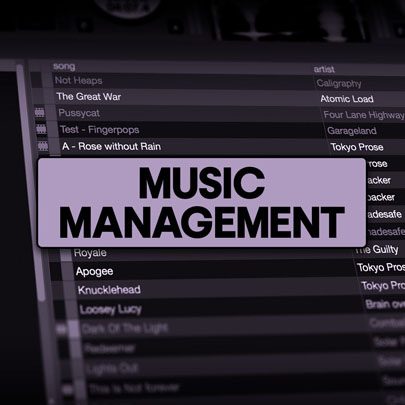
Music Management For DJs
4 hours
42 lessons
Beginner

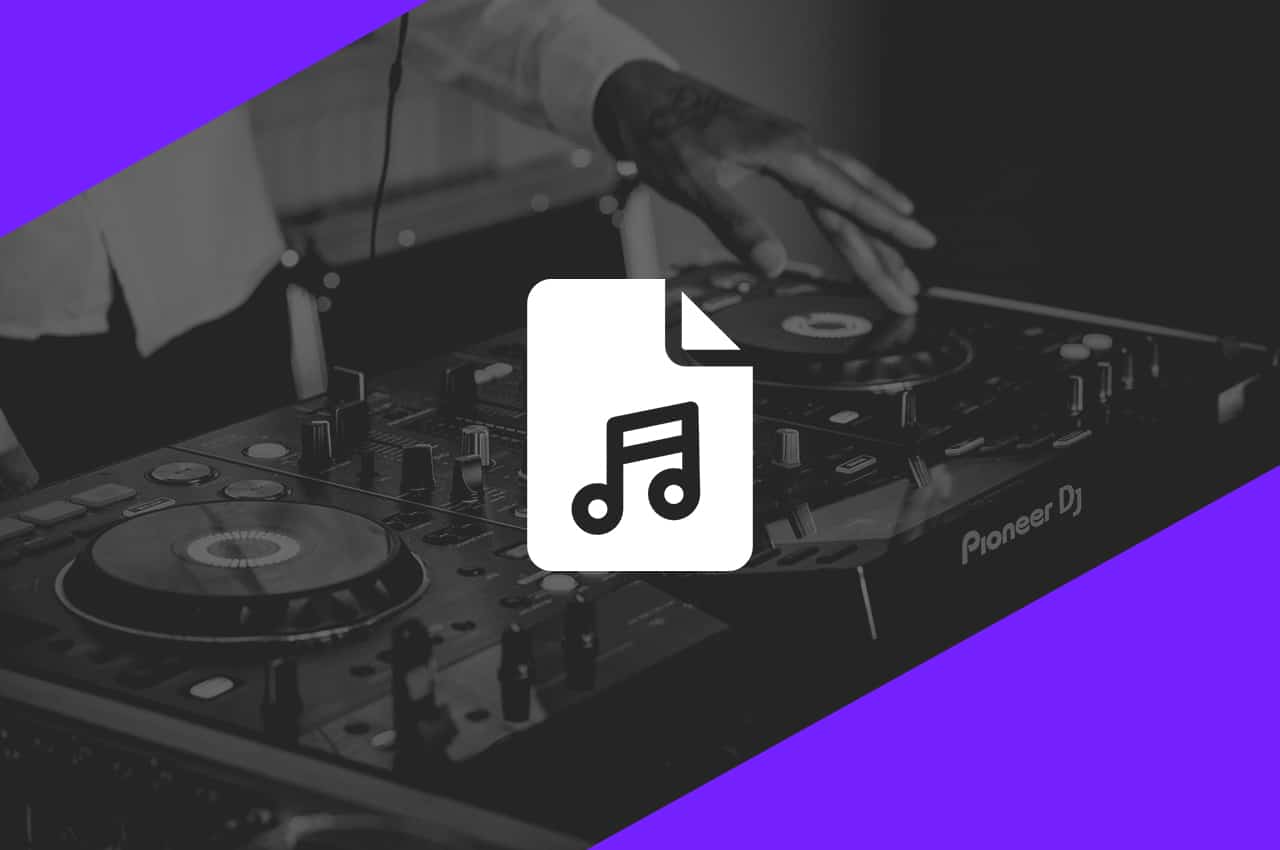
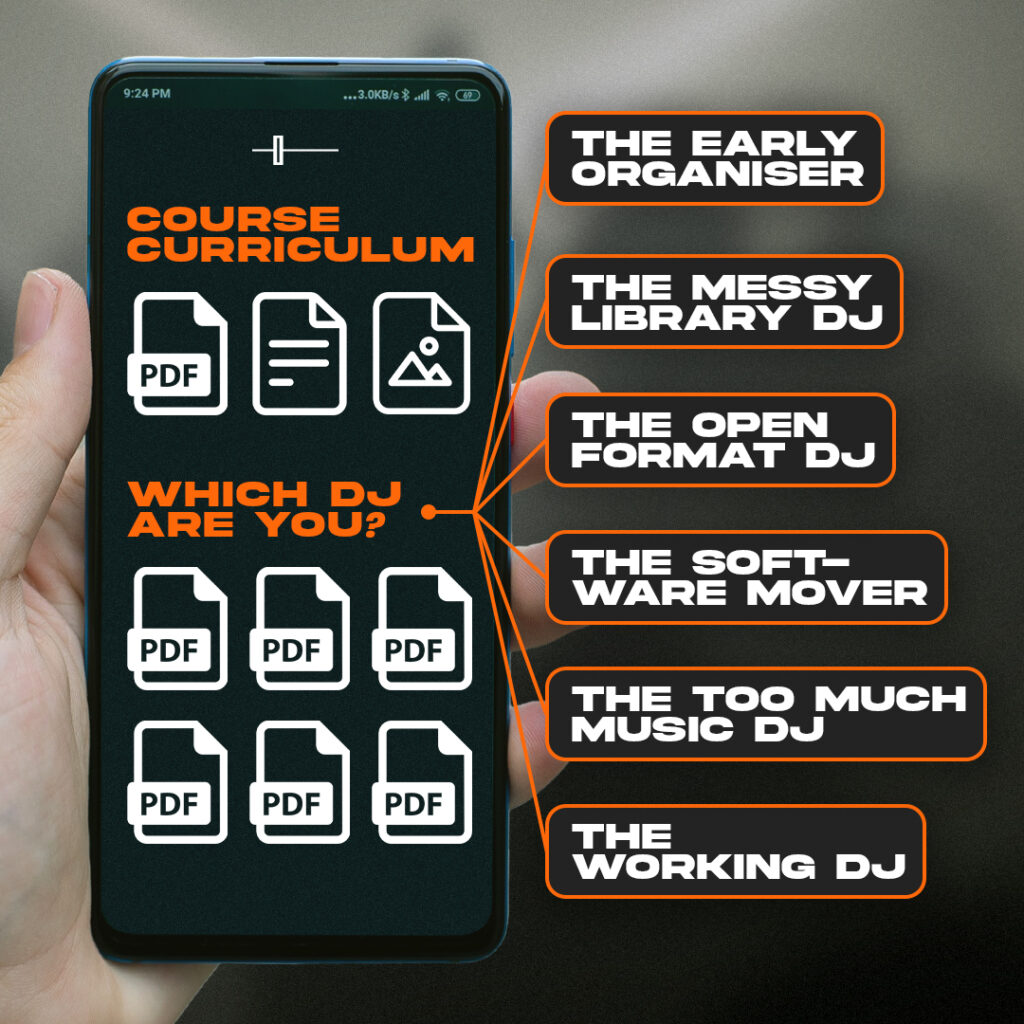
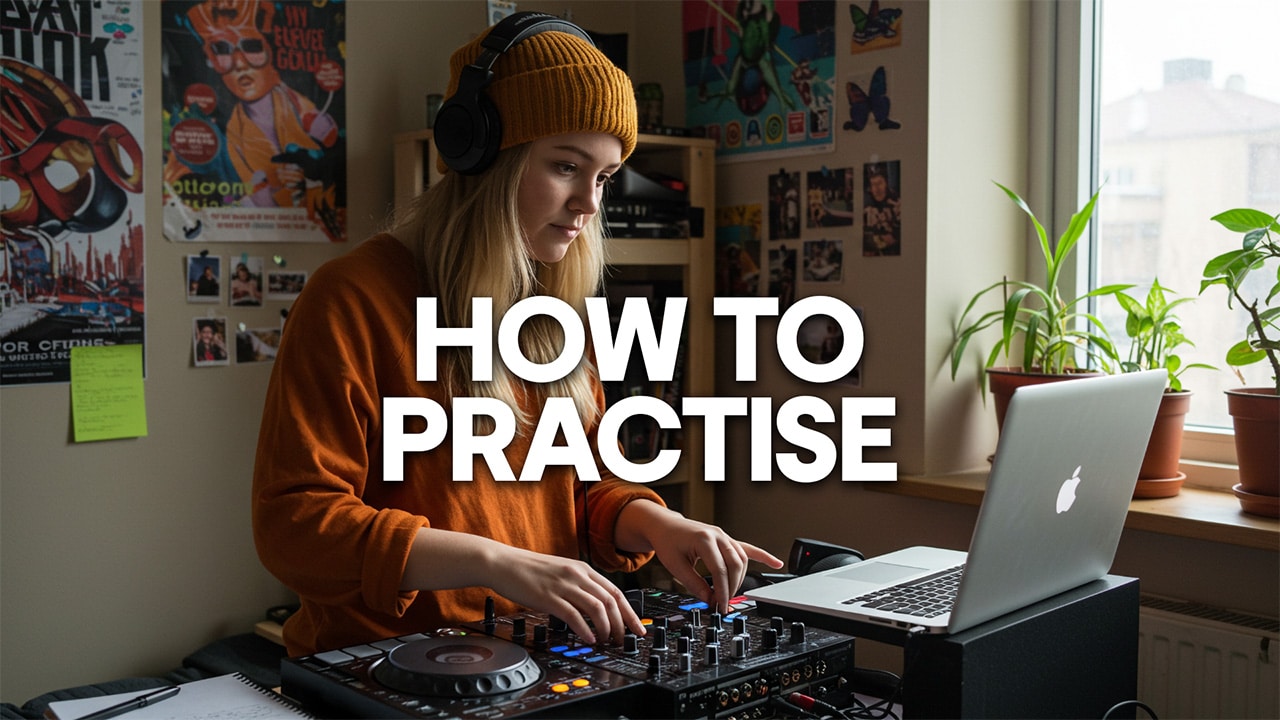
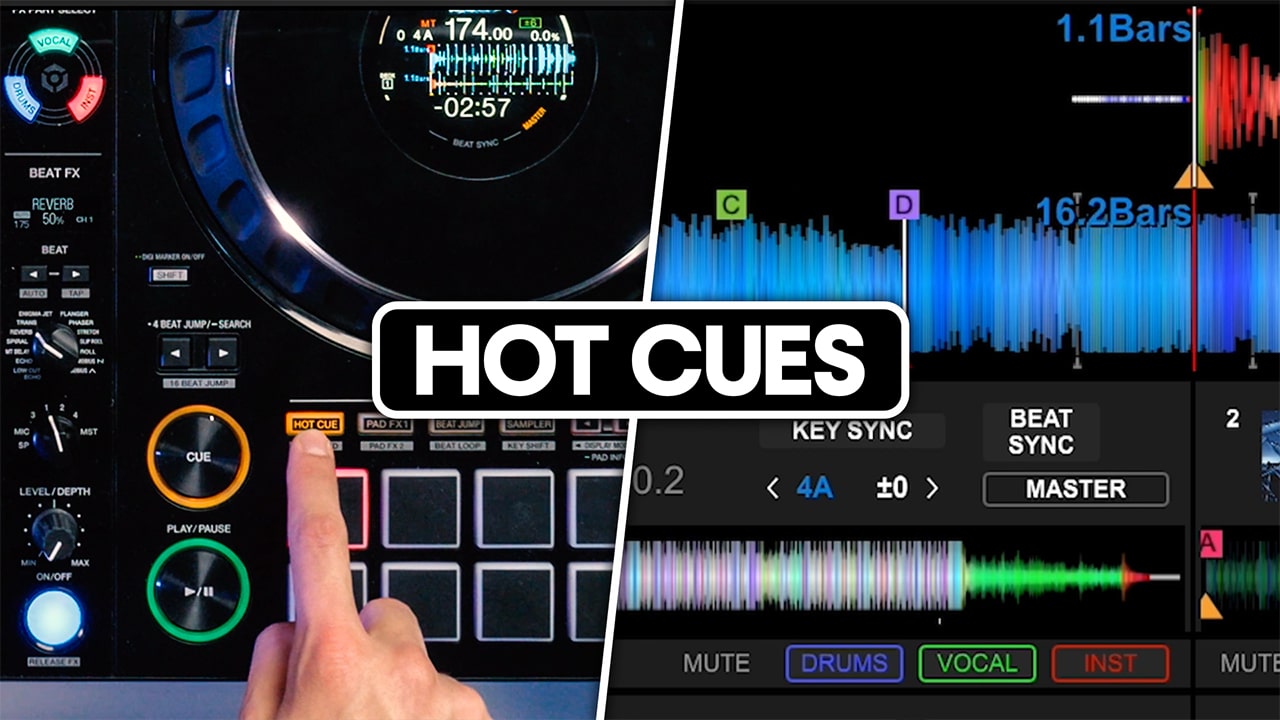
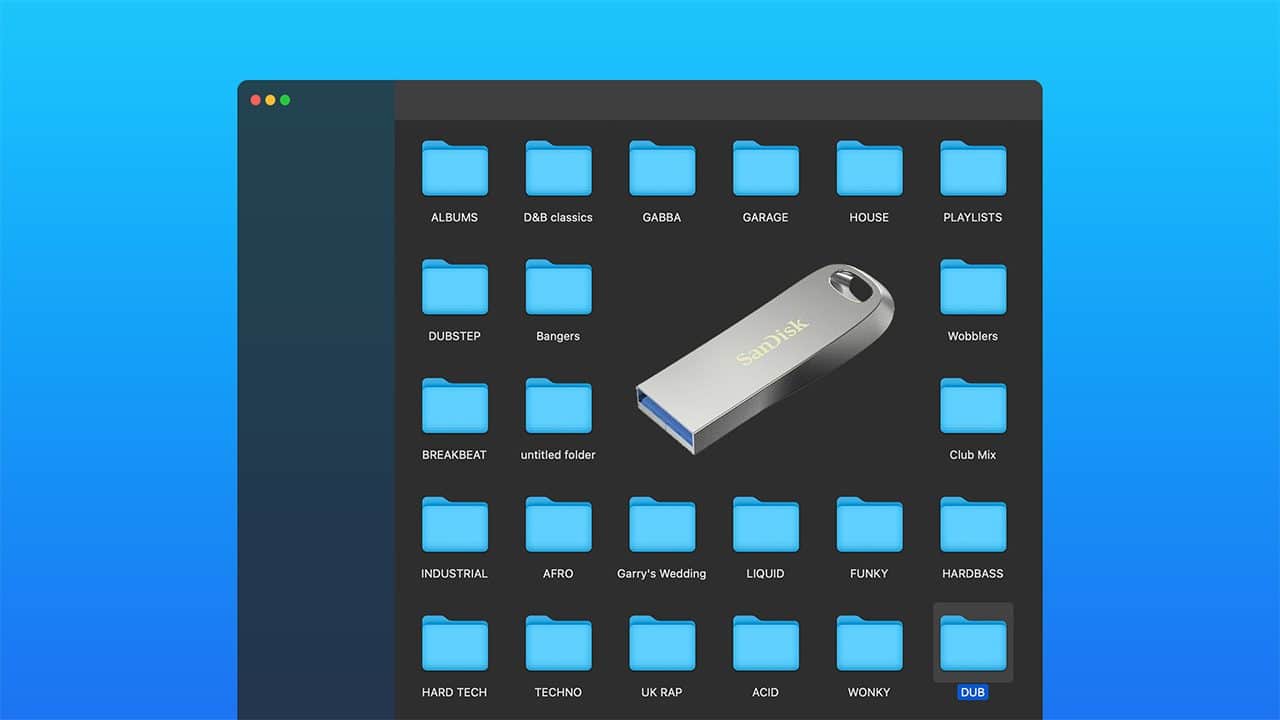
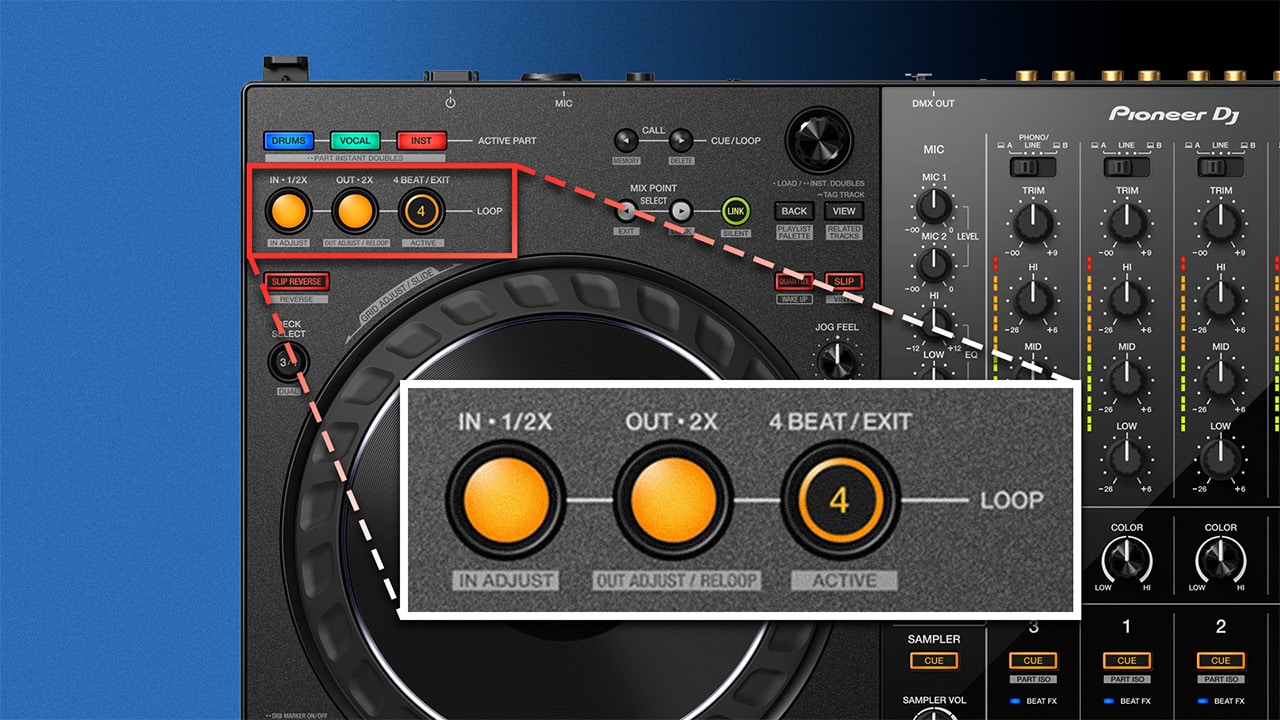
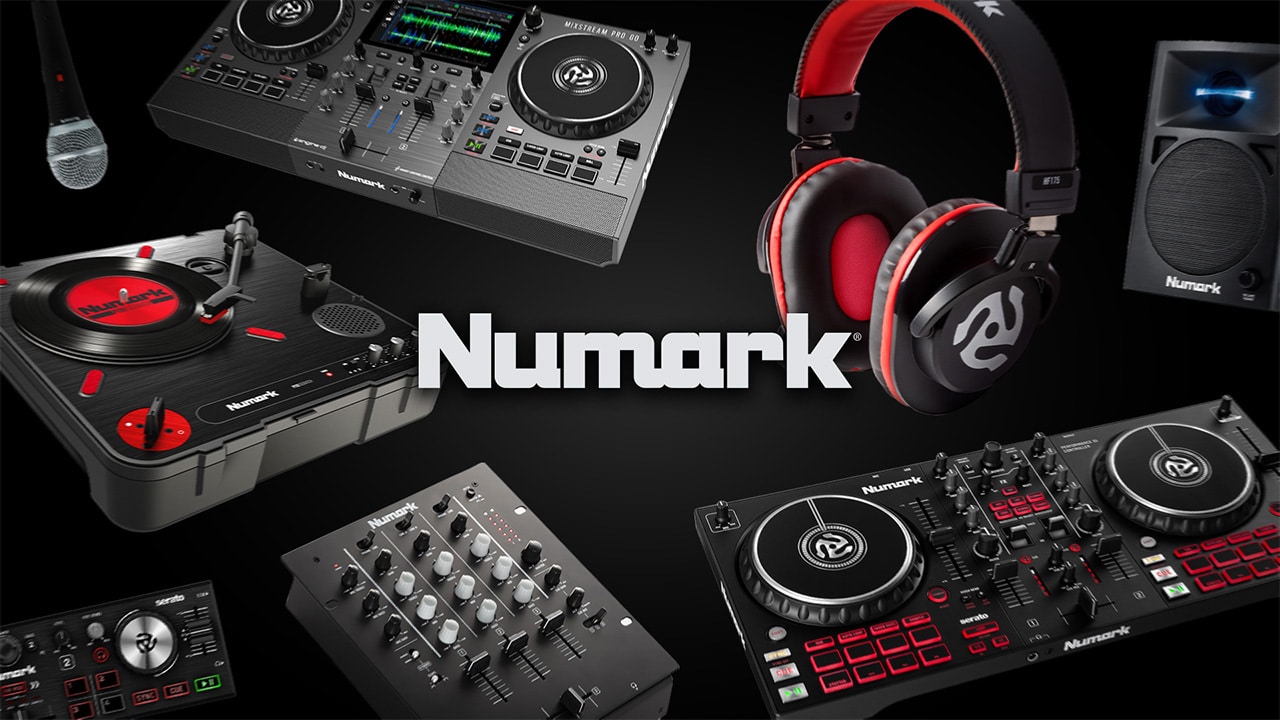
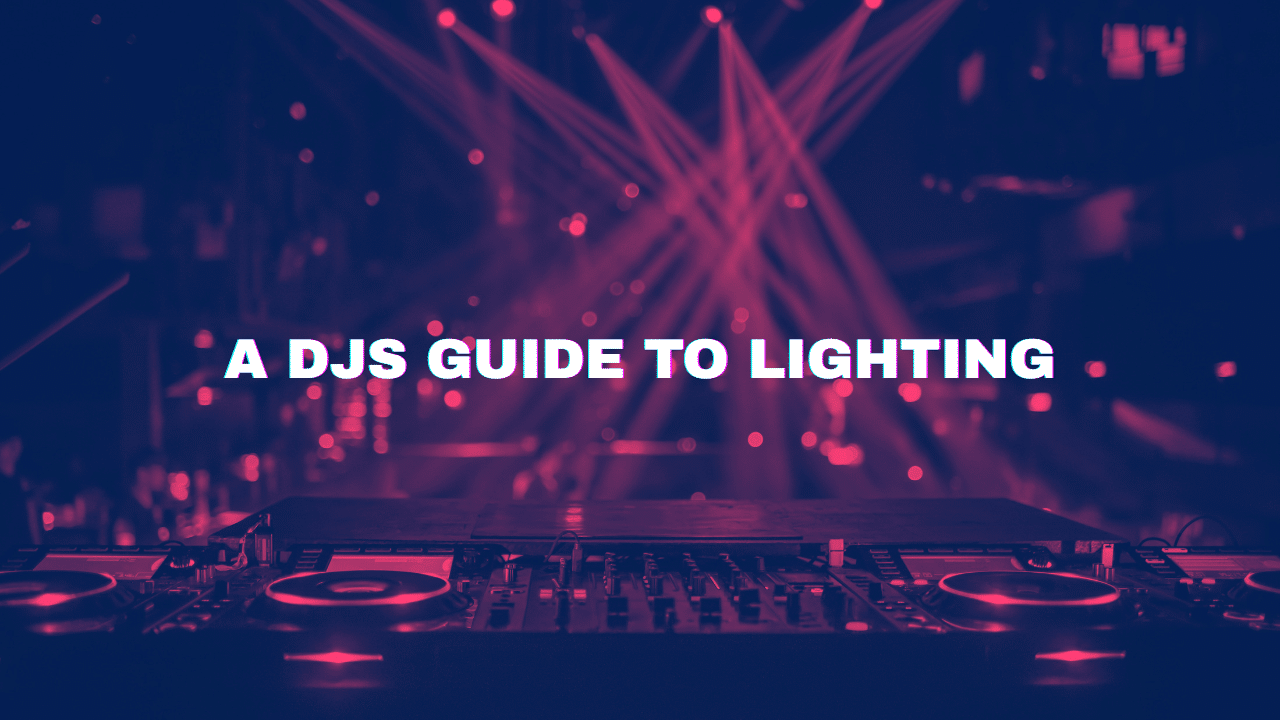
Amazing thanks